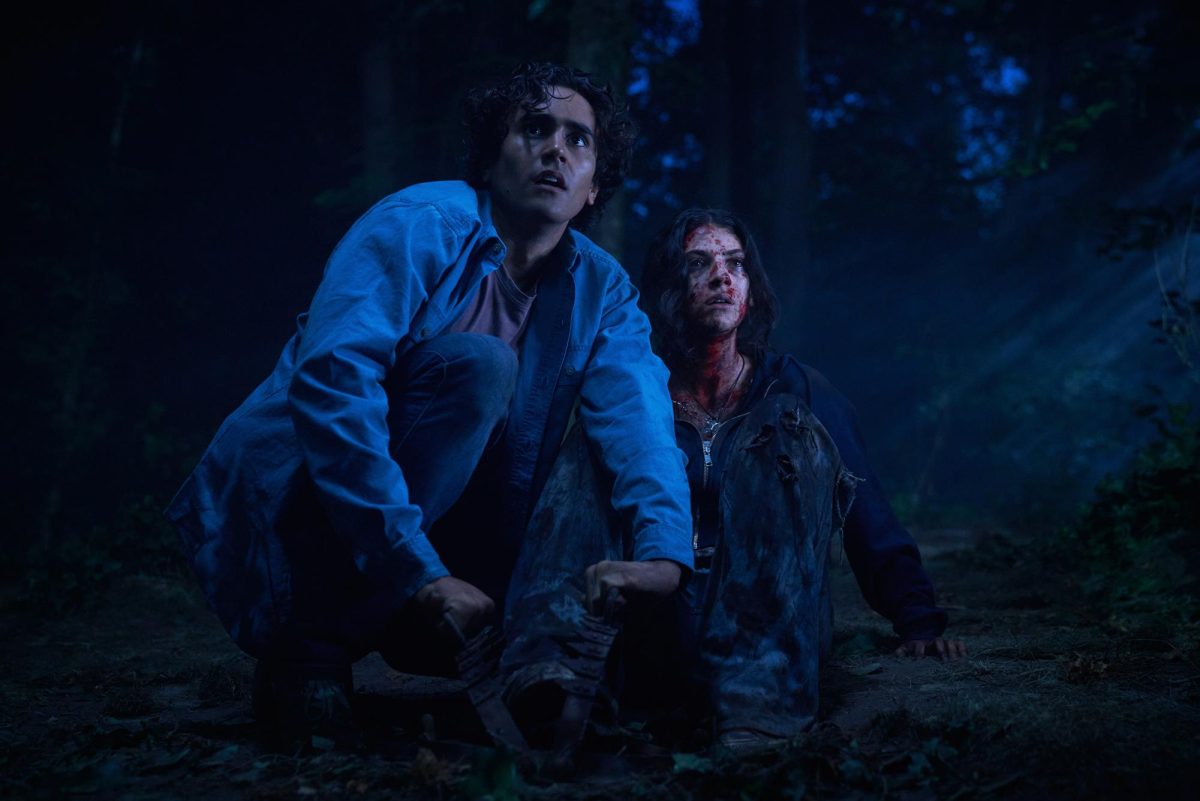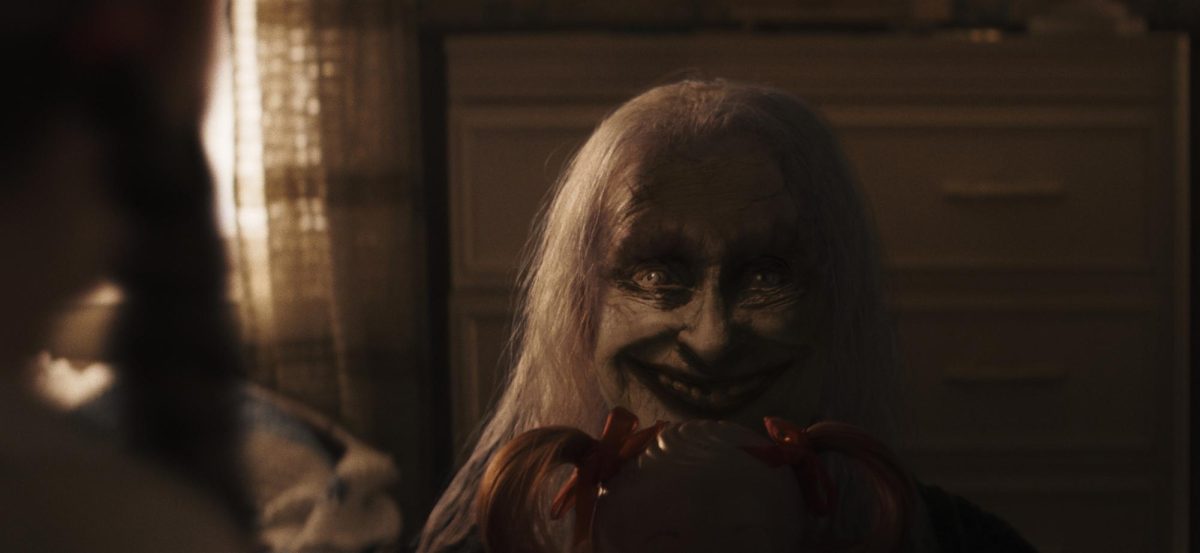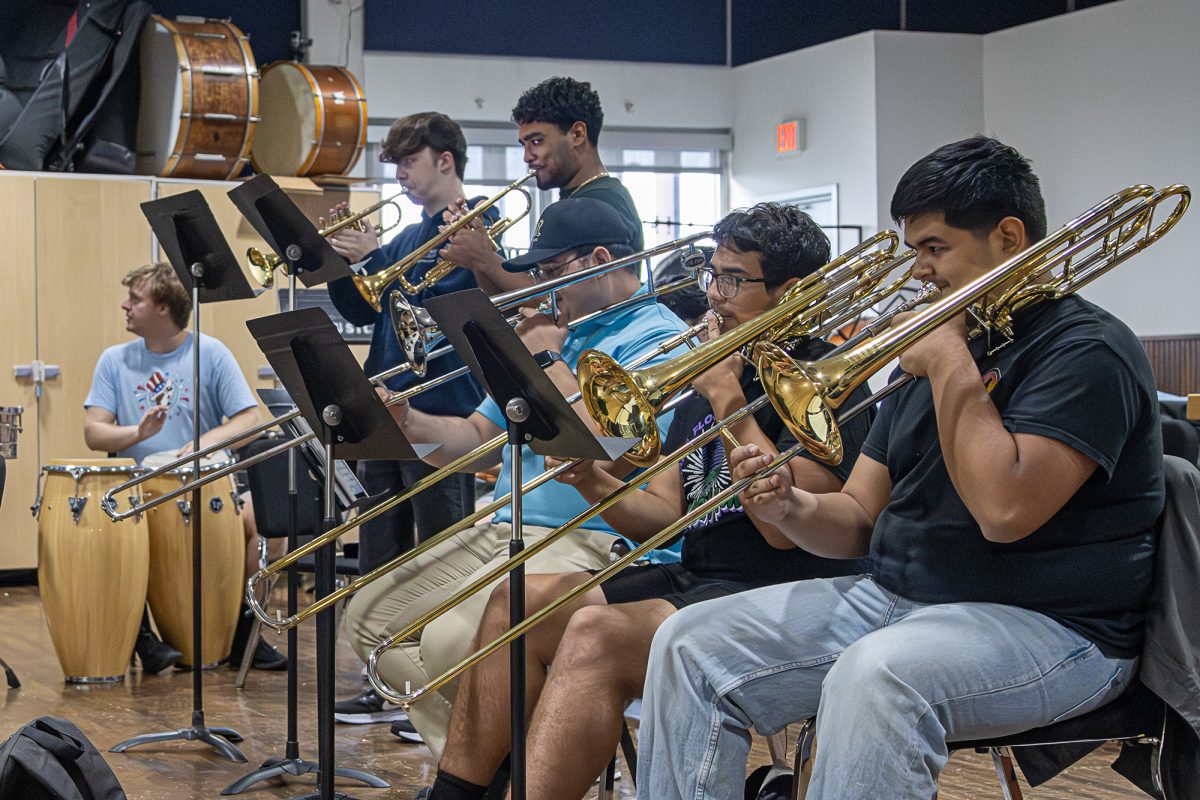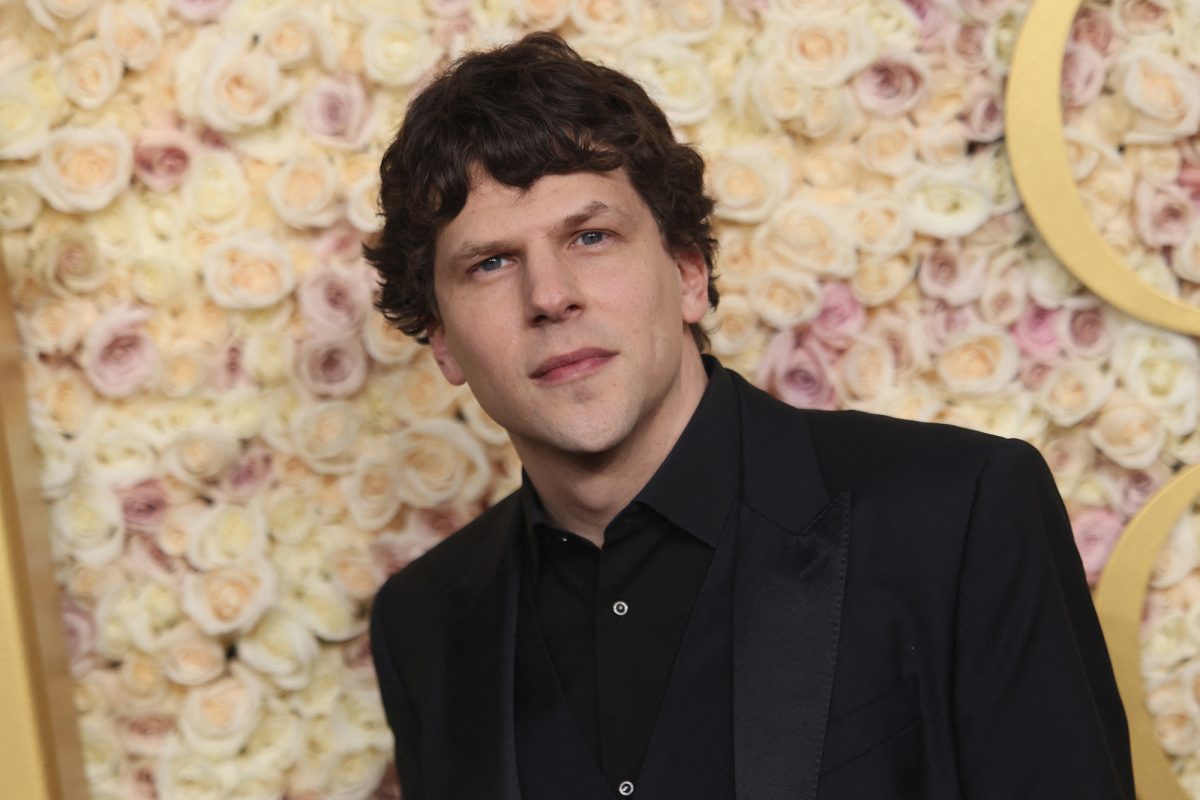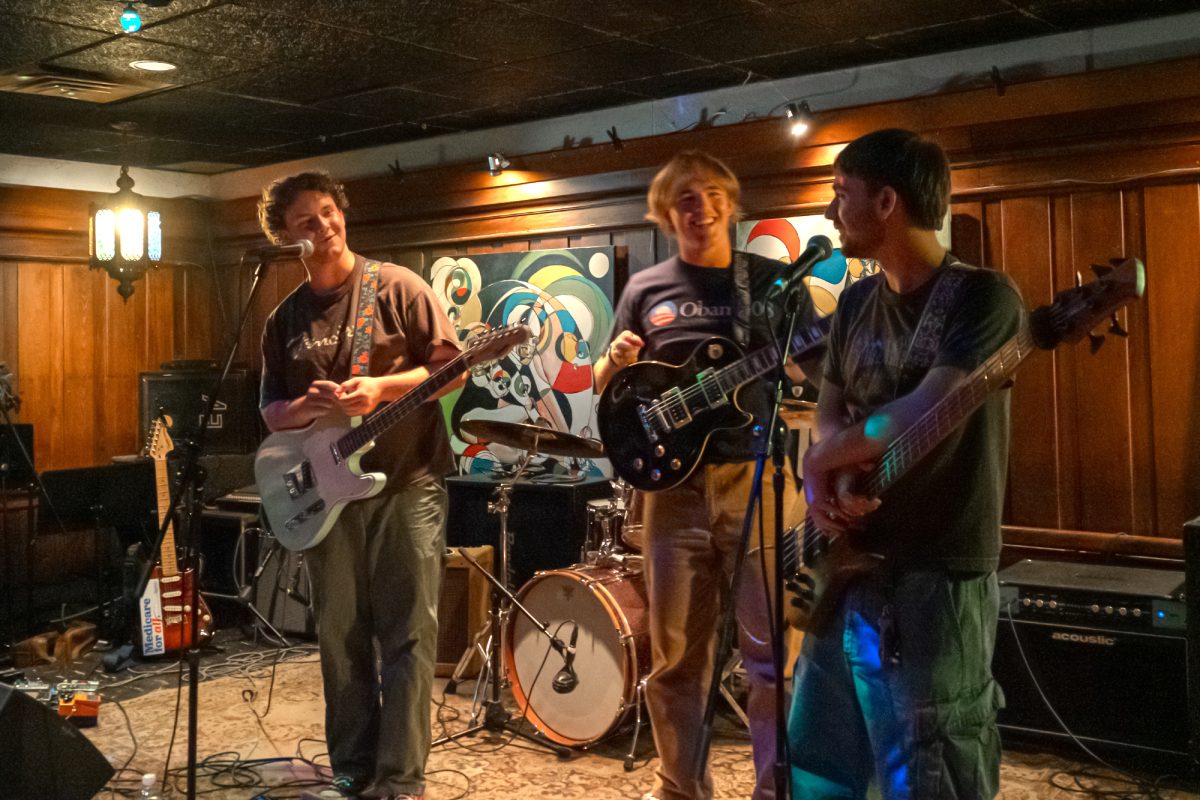2.0 out of 5.0 stars
Attempting to build off of a popular video game with different story direction, “Until Dawn” is an adaptation that fails to follow the blueprint. Directed by David F. Sandberg, this film goes to great lengths to make itself unique in how it presents its horror. While the onslaught of deaths can be entertaining for an hour or so, the lack of strong characters and the obvious hindrance of one-note acting capabilities render “Until Dawn” to be nothing more than an average horror flick.
There is an importance in nailing the blood-soaked wrath of a horror movie; that is the genre’s main draw. “Until Dawn” revolves around a group of five teenagers looking to stave off the horrors of the night in a magical town that has an hourglass that resets time once every teen suffers a brutal death. Each time they die and are brought back, their bodies gradually transform into grotesque beings known as Wendigos. While this is a neat concept, the real meat and potatoes comes from the death scenes. The film kills off the main characters as many times as it wants in as many fashions as it chooses, creating unique scenarios which see the heroes subjected to horrific punishments, which keeps audiences curious to see how the main cast could die next.
The time reset in the film is a result of a magic barrier around the old town, with an hourglass acting as the centerpiece for the mayhem. Undeniably, the concept veers from the game. The magic system in this movie does not exist in the source material and is a confusing addition. It reveals itself to be inconsistent as the movie goes on and does nothing but confuse the audience as time progresses. The reset propels the heroes to the same physical space where they were when the sun set for the first time, but this only lasts halfway through the movie. Toward the final act, the characters pop up where the movie needs them to, eliminating the mechanics entirely. The physical objects that they brought with them to the town — their car and phones — fail to abide by the reset rule as well, with the phone storing video despite a reset in time to before the videos were taken.
The acting does not provide any help with the film’s quality. The main cast, Clover (Ella Rubin), Abel (Belmont Cameli), Max (Michael Cimino), Nina (Odessa A’zion) and Megan (Ji-young Yoo) act out their transformations as the night goes on in horrific fashion, with solid screams that enhance the sequences. On the other hand, their ability to act in anything other than horror scenes doesn’t reach the same level. Their dramatic delivery comes off as cheesy and rushed, not giving the audience any indication that they can deliver on multiple levels. Their comedic timing is more akin to unlikable banter.
Of course, the script fails to give the acting any noticeable help. Character dialogue oftentimes doesn’t line up with their actions in the film: it’s contradictory. Abel is the prime example of this flaw. Toward the end of Act 2, Clover runs off to find her missing sister, Melanie (Maia Mitchell), and Abel stops the others from preventing her from leaving. He claims that he did not think she would actually leave after the fact. As mentioned before, the comedic timing for the main cast does not work, mostly due to their dialogue. It tries its hardest to be funny but comes across as just sounding agitated and irate. This runs the risk of killing character relatability — just like it kills the main characters — night after night.
With this in mind, it is worth noting that the production value of “Until Dawn” is top-notch. With every reset of the night, the town rises from underneath the ground more and more. Consumed by a mining accident decades prior, this magical town’s rise above ground symbolizes the protagonists’ complete transformation into Wendigos, the living dead. On top of the rustic, country-horror aesthetics that the movie leans into, this slow transition builds on the revelations being dug up about this town. The set designs all differ and provide the main cast with physical and metaphorical levels for them to tackle, almost like its source material.
At the end of the day, “Until Dawn” is an unfinished horror product that could have used a rewrite here and there. The horror elements, from the gore to the body transformation, provide an entertaining experience despite acting discrepancies, poor writing and an incoherent magic system.


